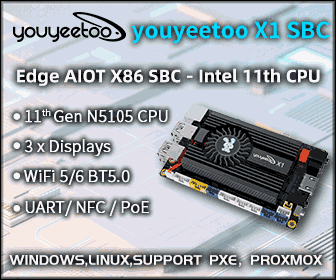SiFive Launches 32-bit E31 Coreplex & 64-bit E51 Coreplex RISC-V Processors, Reveals Pricing
SiFive unveiled their Freedom U500 and E500 open source RISC-V SoCs last year, and a little layer launched HiFive1 Arduino compatible development board based on SiFive Freedom E310 processor. The company has now launched their non-open source Coreplex IP also based on RISC-V ISA with the 32-bit E31 Coreplex and 64-bit E51 Coreplex, and explained details about pricing. Some of the key features of the processors are listed below: E31 Coreplex 32-bit RV32IMAC core @ 900 to 1.5 GHz (with 28nm process) Advanced Memory Subsystem – 16KB, 2-way Instruction Cache, Instruction Tightly Integrated Memory (ITIM) option, up to 64KB Data Tightly Integrated Memory (DTIM) support Up to 16 local interrupts with vectored addresses Performance – 1.61 DMIPS/MHz ; 2.73 Coremark/MHz Power Consumption 28nm HPC process – Core only: 150 DMIPS/mW ; Coreplex: 41 DMIPS/mW 55nm LP process – Core only: 95 DMIPS/mW; Coreplex: 16 DMIPS/mW Applications: Edge Computing, Smart IoT […]





